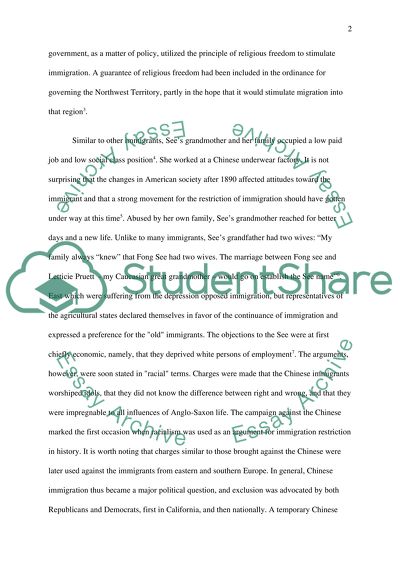Cite this document
(“Chinese Immigration Assignment Example | Topics and Well Written Essays - 2000 words - 1”, n.d.)
Chinese Immigration Assignment Example | Topics and Well Written Essays - 2000 words - 1. Retrieved from https://studentshare.org/sociology/1545059-history-research-essay-about-chinese-immigration
Chinese Immigration Assignment Example | Topics and Well Written Essays - 2000 words - 1. Retrieved from https://studentshare.org/sociology/1545059-history-research-essay-about-chinese-immigration
(Chinese Immigration Assignment Example | Topics and Well Written Essays - 2000 Words - 1)
Chinese Immigration Assignment Example | Topics and Well Written Essays - 2000 Words - 1. https://studentshare.org/sociology/1545059-history-research-essay-about-chinese-immigration.
Chinese Immigration Assignment Example | Topics and Well Written Essays - 2000 Words - 1. https://studentshare.org/sociology/1545059-history-research-essay-about-chinese-immigration.
“Chinese Immigration Assignment Example | Topics and Well Written Essays - 2000 Words - 1”, n.d. https://studentshare.org/sociology/1545059-history-research-essay-about-chinese-immigration.


